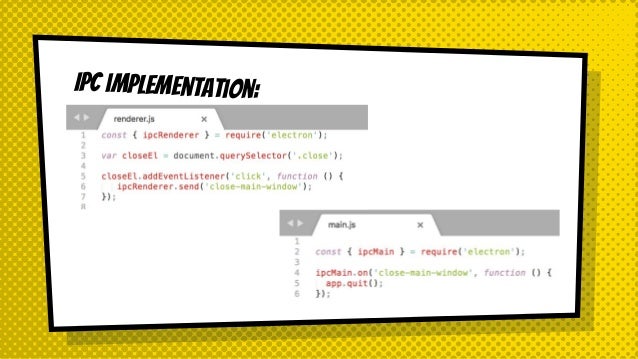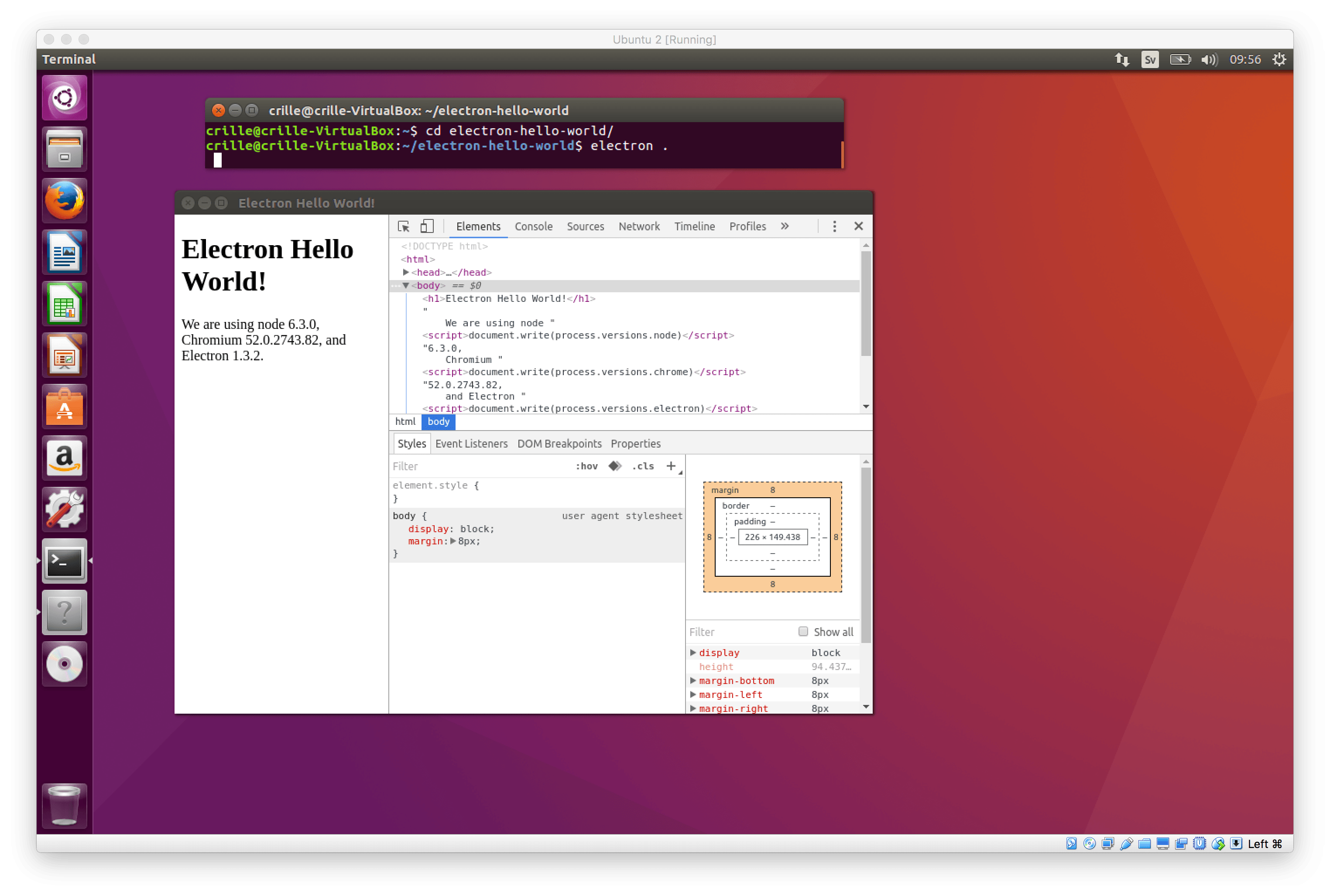

readFileSync(path.resolve(_dirname, 'template.docx'), 'binary') Īsync function convertDocument(status, name, surname, postal, suburb, state, phone, mobile, email, postcode, fax, x, y) = require('electron')Ĭonst server = require('./app') //ADD THISĪpp. Var Docxtemplater = require('docxtemplater') We will create our route inside our Express app by creating an index.js file inside the routes folder, and adding: var express = require('express') You can search available integrations on their website here: Node Registryīuild out the routes, don't worry there is only one It uses node-package-manager - which is the largest software registry in the world. BenefitsĬreate a desktop application that enables easy integration with third-party software from the web. Once you have everything successfully configured and deployed, you may want to look into options for monitoring your application - which is an essential part of the application lifecycle.

This will allow us to create modern, intuitive user-interfaces backed up by powerful backend data systems. For info on how to manage Electron versions in your apps, see Electron versioning. For more installation options and troubleshooting tips, see installation. The preferred method is to install Electron as a development dependency in your app: npm install electron -save-dev. In this tutorial, we will discover developing Node.js desktop applications with Electron, Bootstrap, and Express.js. To install prebuilt Electron binaries, use npm. Looking to create a Node.js desktop application? You have come to the right place. Build out the routes, don't worry there is only one.


 0 kommentar(er)
0 kommentar(er)
